|
1. Body Heat
A building will be erected called 'Kungsbrohuset' that is all about conserving renewable energy. The building is heated by the people that are within it utilizing their body weight. The eco-friendliness of the building is only increased as they 'roll out the red carpet' for those who cycle to work with facilities including guarded bicycle parking, a changing room with showers and a work room with wrenches, pumps and it's own repair man.
In the centre of a hub, the building with have useful access to public transport being in the middle of Stockholm.
https://vimeo.com/8895572
2. Nanotechnology
A researcher at the London Centre for Nanotechnology developed a cellphone power source that uses solar cells and light from OLED to produce an overall longer battery life. The power would derive from the "wasted light" in an OLED screen, which would be reabsorbed using photovoltaic cells built into the screen itself. It's still a long way from producing sustainable returns, but the concept could change the way we power our technology in the near future.
3. Pedal Power
4. Small-Scale Thermodynamics
Do you reheat your coffee in the microwave or dump old coffee to brew a fresh, hot pot? An easy way to be more "green" in that department and utilize some cool new technology is by dropping a few Coffee Joulies into your morning cup of Joe, and then rely on heat transfer to do the rest. These thermodynamic stones capture excess heat and then slowly disseminate heat back into the coffee, ensuring a hot (but not too hot) cup for a longer period time. Made from all food-grade materials, the stones are made from stainless steel, with a shell made of temperature-absorbing material. The only downside is it takes one stone per 5 ounces of liquid.
I have been searching online a community of cyclist that cycle to be green and like to use sustainable bike products. I stumbled across a blog called The Sustainable Cyclist:
'We are cyclists who demand the bicycle industry protect our environment by providing sustainable products, and using recycled materials whenever possible. We believe that the most sustainable form of travel, cycling, can be done on bicycles that are reusable and made from recyclable materials. We believe innovation and technology is to be driven by the need to protect our environment and not only the quest for the fastest bicycle. We believe consumerism and planned obsolescence has caused a sustainable form of travel to become disposable, replaceable, and generally unsustainable. Welcome!' They have a contact email and I am going to contact them and see if they can give me any insight or suggestions for this project. Bicycle Dynamo A hub dynamo is a small electrical generator built into the hub of a bicycle wheel that is usually used to power lights. Note that the hub dynamo is (usually) not actually a dynamo, which creates DC, but a low-power magneto that creates AC. Most modern hub dynamos are regulated to 3 watts at 6 volts, although some will drive up to 6 watts at 12 volts. An ac generator consists of a coil - or coils - of wire moving relative to a magnetic field. With this arrangement, a voltage is induced and this generates a current in a circuit. In a bicycle dynamo, a magnet turns inside a coil of wire when the back wheel of the bicycle is turning. Faraday's LawFaraday's law of induction is a basic law of electromagnetism predicting how a magnetic field will interact with an electric circuit to produce an electromotive force (EMF)—a phenomenon called electromagnetic induction. It is the fundamental operating principle of transformers, inductors, and many types of electrical motors, generators and solenoids.
The Maxwell–Faraday equation is a generalization of Faraday's law, and forms one of Maxwell's equations. I always associated the Highway Code to be something for cars and other motorised vehicles however it seems only logical, now, that those sharing the same road should abide by the same rules. Rules for Cyclists (59-82) Rules for cyclists (59 to 82)The Highway Code rules for cyclists, including an overview, road junctions, roundabouts and crossing the road. Rule 59 Clothing. You should wear
Rule 60At night your cycle MUST have white front and red rear lights lit. It MUST also be fitted with a red rear reflector (and amber pedal reflectors, if manufactured after 1/10/85). White front reflectors and spoke reflectors will also help you to be seen. Flashing lights are permitted but it is recommended that cyclists who are riding in areas without street lighting use a steady front lamp.
Law RVLR regs 13, 18 & 24 Rule 61Cycle Routes and Other Facilities. Use cycle routes, advanced stop lines, cycle boxes and toucan crossings unless at the time it is unsafe to do so. Use of these facilities is not compulsory and will depend on your experience and skills, but they can make your journey safer. Rule 62Cycle Tracks. These are normally located away from the road, but may occasionally be found alongside footpaths or pavements. Cyclists and pedestrians may be segregated or they may share the same space (unsegregated). When using segregated tracks you MUST keep to the side intended for cyclists as the pedestrian side remains a pavement or footpath. Take care when passing pedestrians, especially children, older or disabled people, and allow them plenty of room. Always be prepared to slow down and stop if necessary. Take care near road junctions as you may have difficulty seeing other road users, who might not notice you. Law HA 1835 sect 72 Rule 63Cycle Lanes. These are marked by a white line (which may be broken) along the carriageway (see Rule 140). When using a cycle lane, keep within the lane when practicable. When leaving a cycle lane check before pulling out that it is safe to do so and signal your intention clearly to other road users. Use of cycle lanes is not compulsory and will depend on your experience and skills, but they can make your journey safer. Rule 64You MUST NOT cycle on a pavement. Laws HA 1835 sect 72 & R(S)A sect 129 Rule 65Bus Lanes. Most bus lanes may be used by cyclists as indicated on signs. Watch out for people getting on or off a bus. Be very careful when overtaking a bus or leaving a bus lane as you will be entering a busier traffic flow. Do not pass between the kerb and a bus when it is at a stop. Rule 66You should
Rule 69You MUST obey all traffic signs and traffic light signals. Laws RTA 1988 sect 36 & TSRGD reg 10(1) Rule 70When parking your cycle
Laws RTA 1988 sect 36 & TSRGD regs 10 & 36(1) 1. The Dutch-Style Bike While some bikes are "greener" than others, anytime you use a bike instead of a car, you're helping the environment. Dutch-style bikes are great because their practicality encourages everyday riding for work and running errands. They're durable (so they last for years), come with fenders and a chain guard to protect your clothes, and can easily accommodate a rack for a basket or panniers. A good Dutch-style bike, like the PUBLIC model above, repalces "sportiness" with style and comfort. 2. The Bamboo Bike Bamboo bikes are eco-cycling nirvana for those who want to go fast. It’s naturally strong, light, and stiff, which makes it great for speeding up steep streets and mountains. Plus, bamboo grows rapidly -- as much as a foot a day -- making it highly sustainable. Bamboo is used to build affordable bikes in parts of Africa, but the Calfee racing bike shown probably costs more than your first car did. 3. The Folding Bike Folding bikes are popular with people who want to mix cycling with public transportation -- whether it's a morning commuter train or a city bus. The best of these bikes, like the Brompton shown above, are light, sturdy, and well-constructed. And if you're commuting regularly, the cost is a fraction of what you would pay for driving and parking. 4. The Electric Bike If you're not ready to start commuting on a regular bicycle, consider the possibility of getting one with a battery-powered motor that shares some of the work. You still have to pedal, but the "cheatercycle" takes a lot of the effort out of zipping up hills and plowing into a stiff headwind. The best thing about electric bikes? They make cycling an option for people who aren't physically able to ride a traditional bike. 5. The Used Bike If you can't afford a new bike, consider this: Buying a used bike is also good for the environment. It just requires spending some time on your local Craigslist (or other site) to find the right one. Be sure to steer clear of dodgy bargains, though -- you don't want to buy someone else's stolen bike.
|
AuthorWrite something about yourself. No need to be fancy, just an overview. ArchivesCategories |
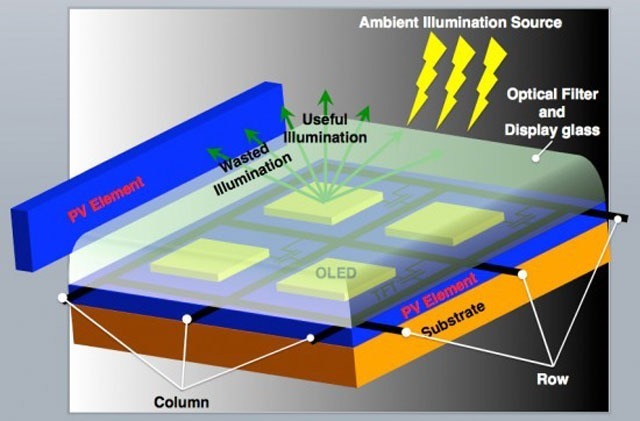
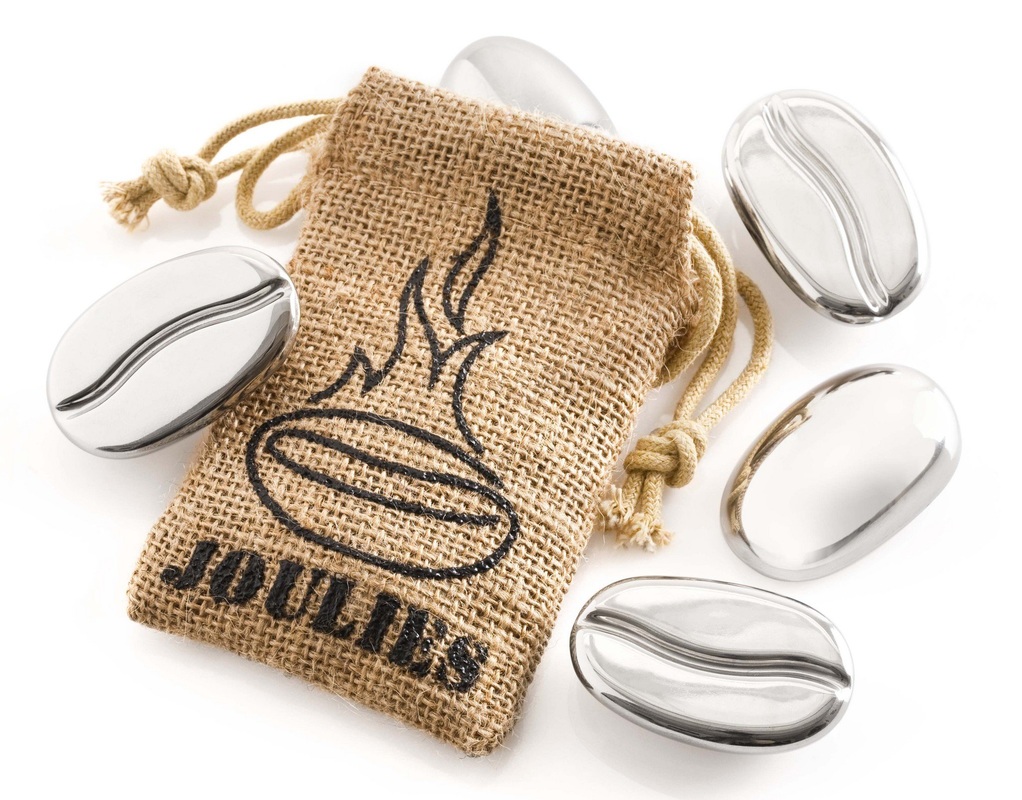


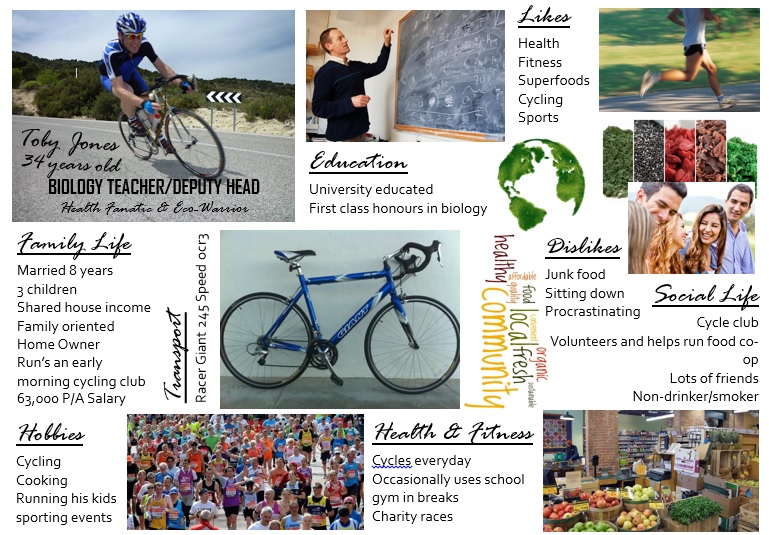
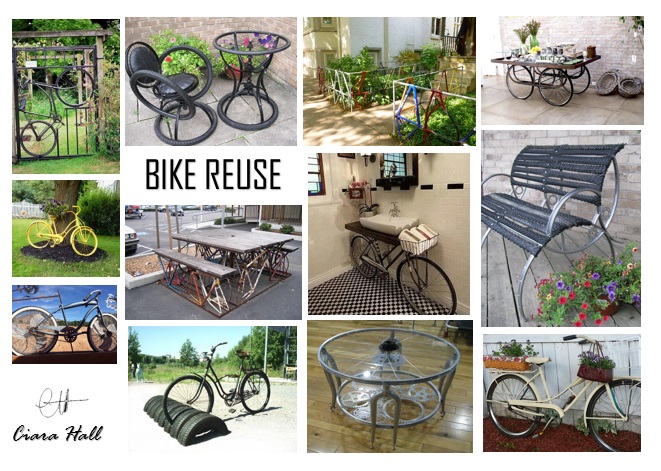
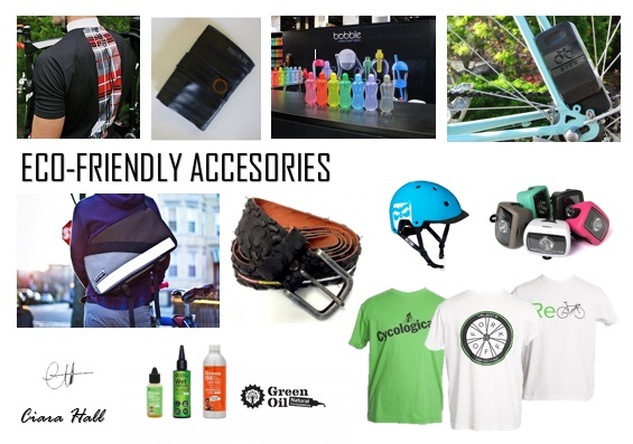
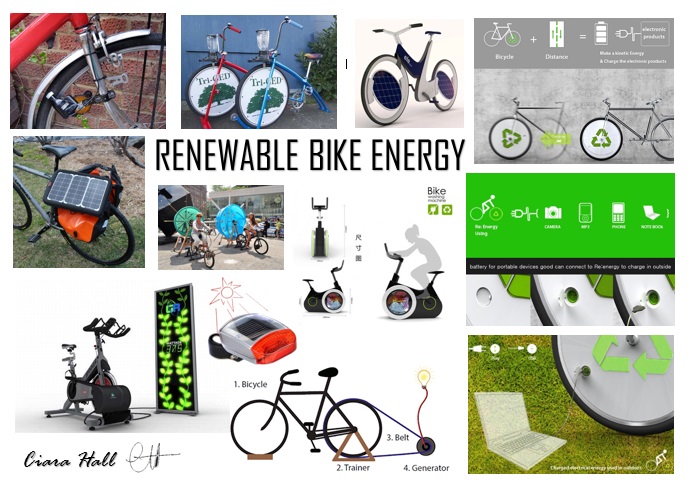
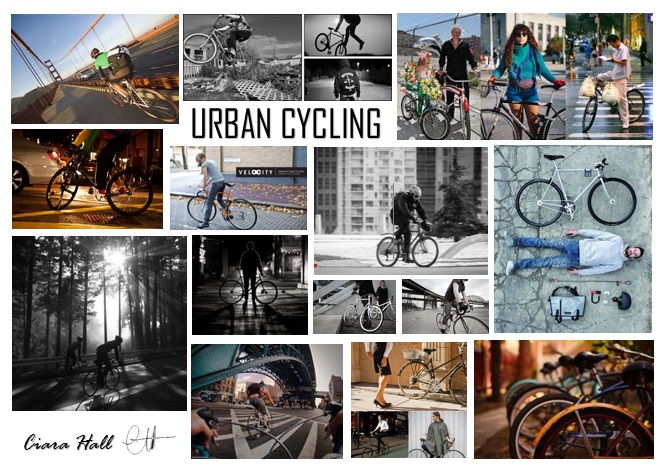

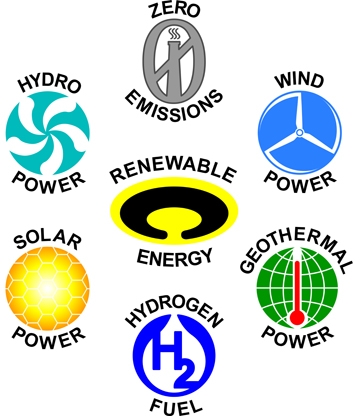
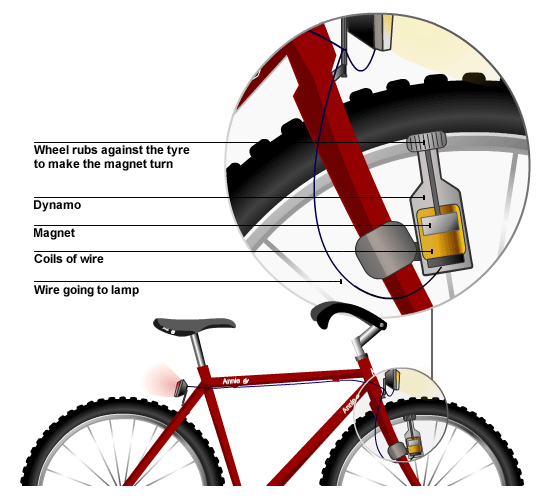

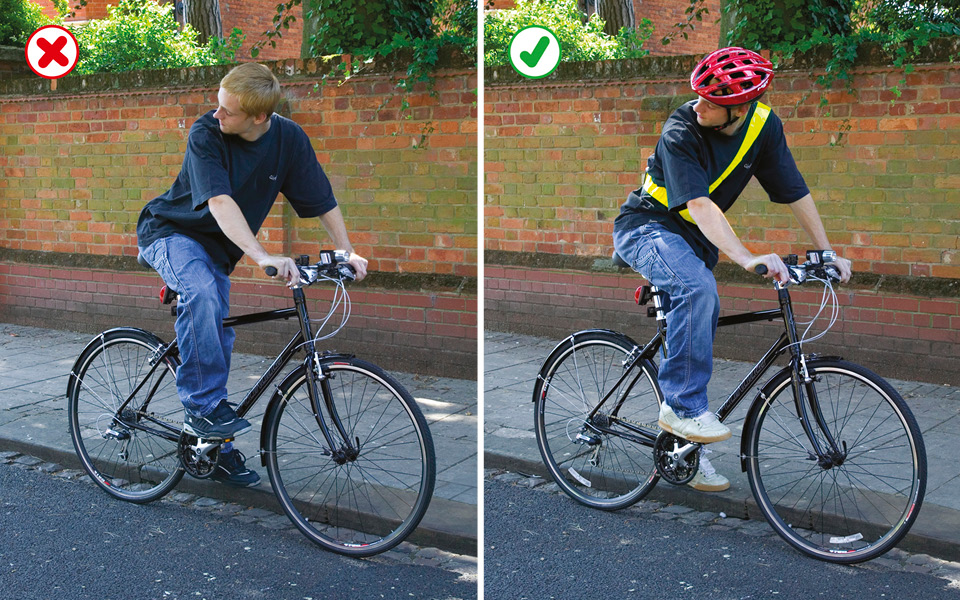

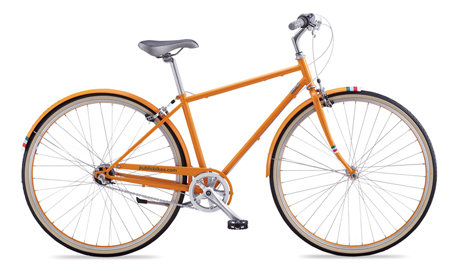
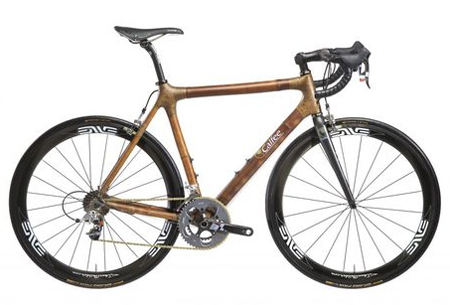
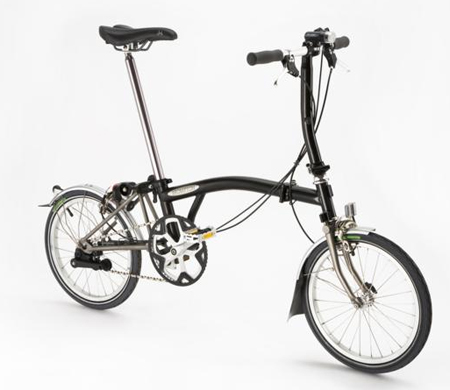
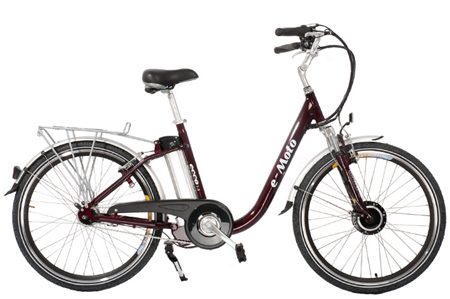
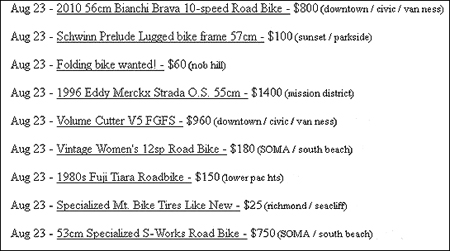

 RSS Feed
RSS Feed
